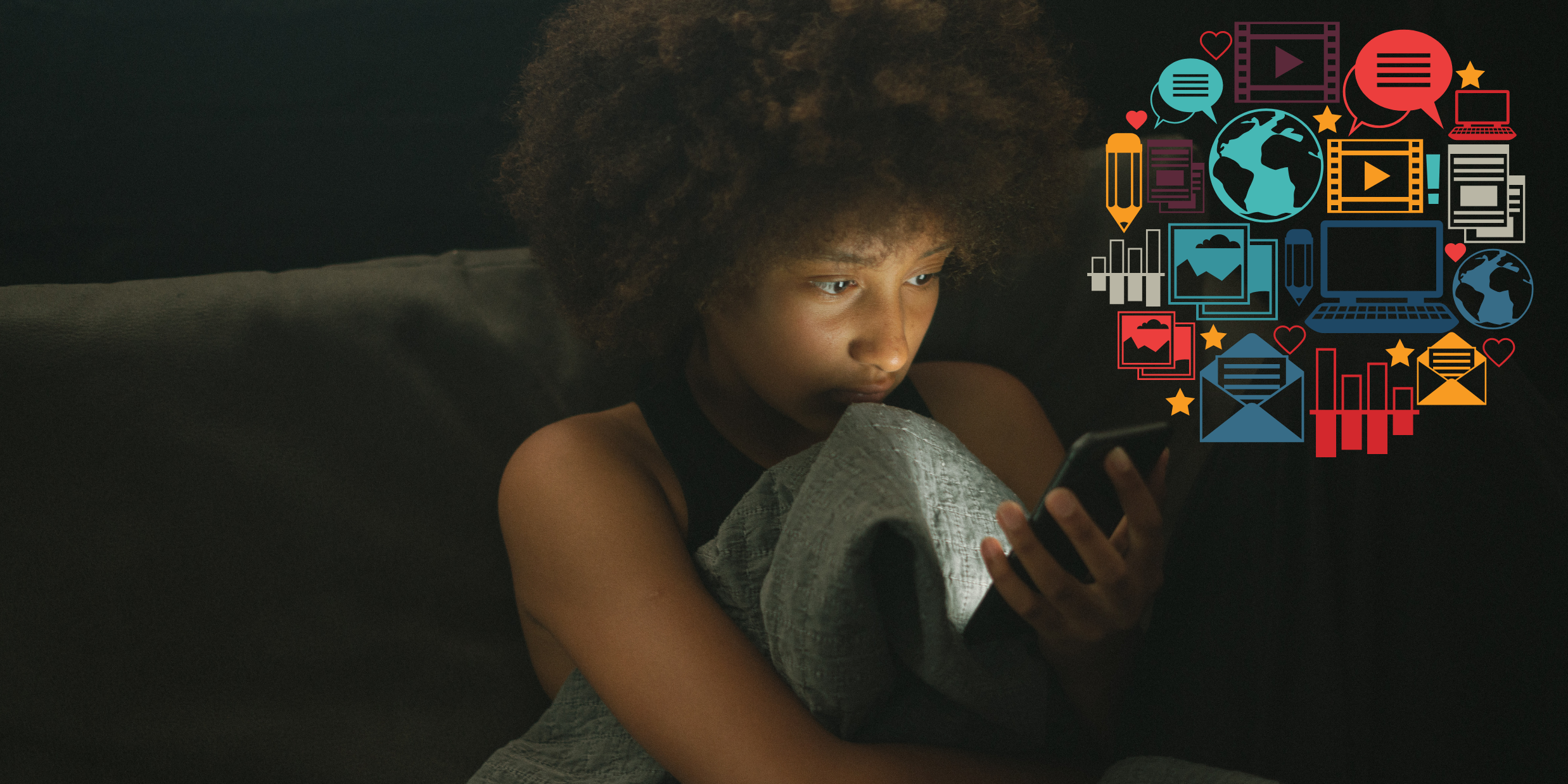Social media is a powerful tool that connects us, entertains us, and keeps us informed. For teens, it’s a central part of daily life. However, the constant exposure to likes, shares, and curated lifestyles comes with its own set of challenges—particularly for developing brains. In inner-city communities, where resources may be limited and social media often serves as an escape, understanding its impact is essential.
This blog explores how social media affects teen brains and offers practical strategies for fostering a healthy balance in inner-city communities.
The Impact of Social Media on Teen Brains
1. Dopamine and Instant Gratification
Social media platforms are designed to be addictive. Each like or comment releases dopamine, the brain’s “reward” chemical, creating a cycle of instant gratification. For teens, whose brains are still developing, this can lead to:
-
- Increased dependency on validation from external sources.
-
- Reduced attention spans due to the constant need for stimulation.
2. Mental Health Struggles
Excessive social media use has been linked to higher rates of anxiety, depression, and low self-esteem in teens. They may:
-
- Compare themselves to idealized images and lifestyles, leading to feelings of inadequacy.
-
- Experience cyberbullying, which can be particularly harmful in environments already marked by socio-economic challenges.
3. Sleep Disruption
Screen time, especially before bed, disrupts sleep patterns by suppressing melatonin production. Teens in inner-city communities who may already face stressors such as noise pollution or unsafe environments are particularly vulnerable to the effects of poor sleep.
4. Academic Distraction
Social media can pull focus away from academic responsibilities. Notifications and the pressure to stay connected make it harder for teens to concentrate on schoolwork.

Why Social Media Usage is Heightened in Inner-City Communities
- Lack of Alternative Recreational Spaces: In many inner-city areas, teens may have limited access to safe parks, extracurricular activities, or youth programs. Social media becomes a go-to outlet for entertainment and connection.
- Cultural Expression and Visibility: Social media allows teens to express themselves and gain visibility in ways that may not be available offline. Platforms can be a space for activism, artistry, and community building.
- Escape from Reality: For teens facing systemic challenges like poverty or violence, social media provides a virtual escape from their immediate environment.
Strategies for Finding Balance
1. Encourage Digital Literacy
Educate teens about the benefits and risks of social media. Help them:
- Recognize curated content and avoid unhealthy comparisons.
- Understand how algorithms work and why they’re designed to keep users engaged.
2. Promote Offline Activities
Create opportunities for teens to engage in offline experiences that foster creativity and connection.
- Community Initiatives: Partner with local organizations to offer free or low-cost sports, arts, and mentoring programs.
- Family Time: Encourage families to plan screen-free activities like game nights or outdoor picnics.
3. Set Healthy Boundaries
Help teens develop habits that promote responsible social media use:
- Screen Time Limits: Use built-in phone settings or apps to track and limit usage.
- Tech-Free Zones: Create rules for no-device times, such as during meals or an hour before bed.
4. Model Balanced Behavior
Adults play a crucial role in shaping teen behavior. Parents, teachers, and mentors should:
- Limit their own screen time.
- Engage in open conversations about the pros and cons of social media.
- Highlight the value of in-person connections.
5. Address Underlying Stressors
Inner-city teens often face unique stressors that amplify their reliance on social media. Tackling these issues can reduce the need for digital escape:
- Advocate for better funding for recreational facilities and after-school programs.
- Provide mental health resources that are culturally competent and accessible.
- Create safe spaces for teens to discuss their feelings and experiences.
Empowering Teens to Take Control
Teaching teens to use social media mindfully gives them the power to make informed choices about their online presence. Encourage them to:
- Curate their feeds by following accounts that inspire and uplift.
- Take social media breaks to recharge and refocus.
- Engage in positive online interactions and avoid toxic behaviors.
Conclusion
Social media is neither inherently good nor bad—it’s how we use it that matters. By understanding its impact on teen brains and addressing the unique challenges faced in inner-city communities, we can guide young people toward a balanced and healthier relationship with technology. Together, we can help teens harness the benefits of social media while building resilience and prioritizing mental well-being.



